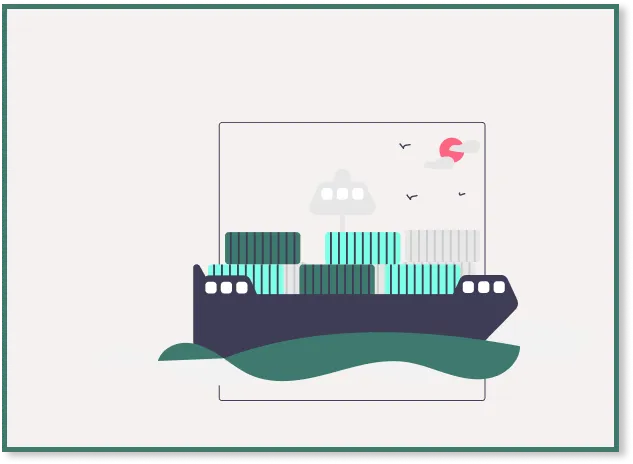Towards Data Science
1w
20

Image Credit: Towards Data Science
Virtualization & Containers for Data Science Newbies
- The article provides a beginner-friendly guide to setting up a virtual machine on a laptop quickly, introducing concepts of Cloud Computing and containers.
- Cloud computing has roots in mainframes from the 1950s, evolving through technologies like virtualization to become the foundation of modern IT services.
- Virtualization abstracts physical hardware into multiple virtual instances, enabling efficient resource sharing and scalability.
- Serverless computing, going beyond virtualization, automates infrastructure tasks for developers, ensuring cost-efficiency and scalability.
- Containers and virtual machines both offer application isolation benefits, with VMs simulating entire computers and containers encapsulating applications.
- Virtual machines are crucial in data science for specific environments and tasks like training deep learning models with GPUs, while containers are used for data pipelines and deploying applications.
- The article guides through creating an Ubuntu VM using VirtualBox, detailing steps from downloading VirtualBox to setting up the virtual machine with resources.
- It emphasizes the importance of understanding virtualization technologies for data scientists, discussing the practical applications and benefits of VMs and containers.
- Using VMs allows for experimentation and development without impacting the host system, making it useful for trying out development environments, installing tools like Python, or using Docker for containerized applications.
- In a world shifting towards microservices and containerization, knowledge of virtual machines remains relevant and valuable for understanding IT infrastructure.
Read Full Article
1 Like
For uninterrupted reading, download the app